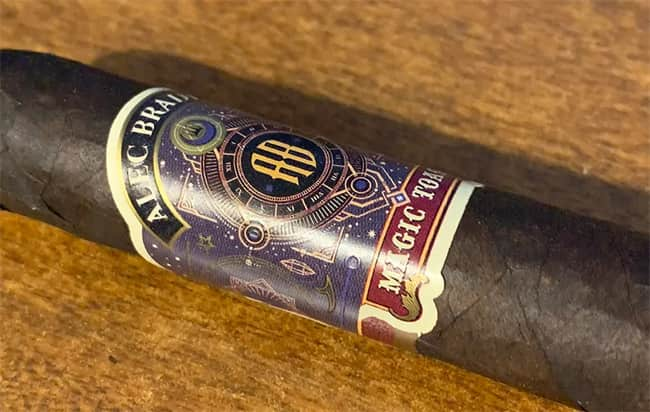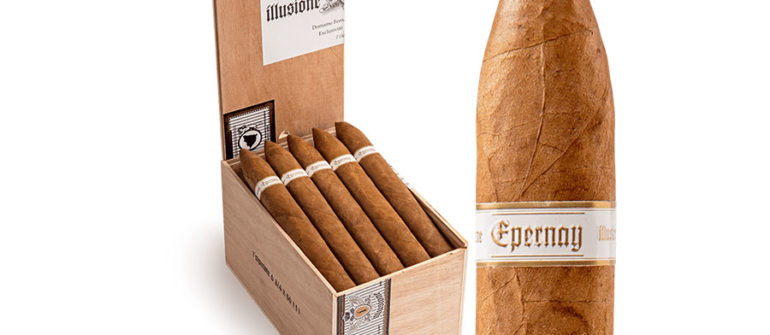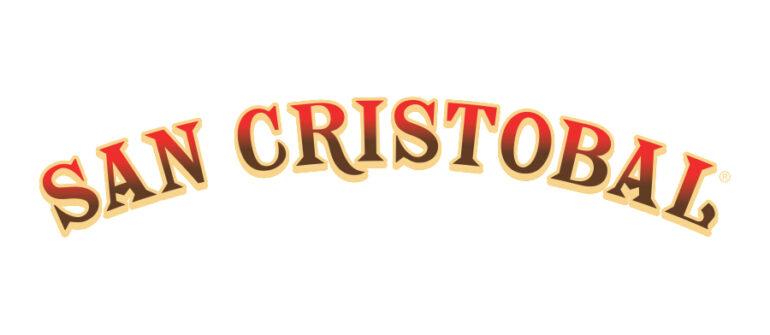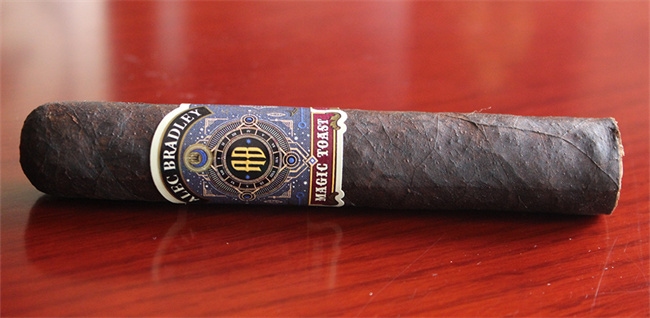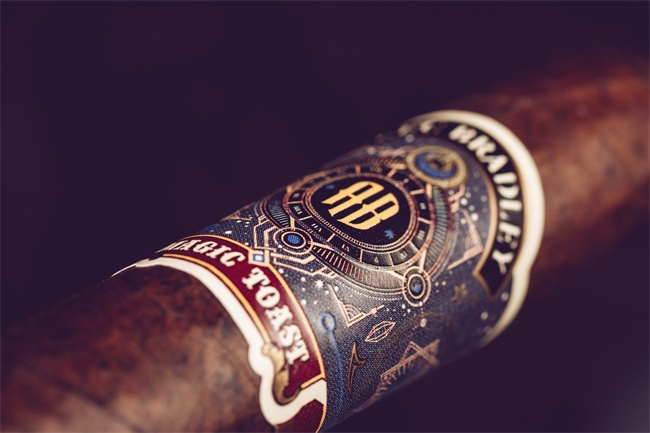A Guide to Cigar Wrappers
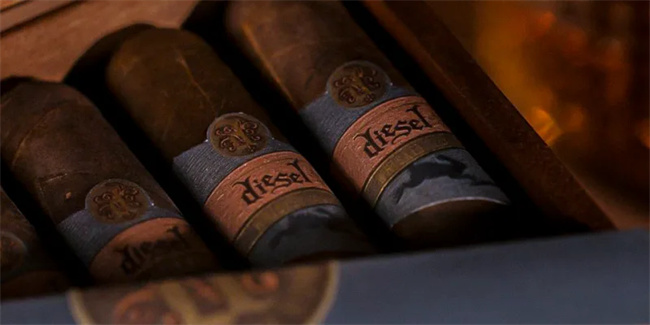
Understanding the Importance of Cigar Wrappers
When you first look at a cigar, the color and sheen of the wrapper catch your eye. The wrapper is not only crucial for the cigar’s marketing but also provides key information about the cigar’s content and quality. Interestingly, the wrapper can influence up to 90% of the cigar’s overall flavor. To understand the wrapper’s significance, try cutting an inch off the bottom of the cigar. Without the wrapper, the cigar will taste much less flavorful, highlighting the wrapper’s importance.
Though the wrapper’s primary role is to attract buyers with its appealing appearance, it also plays a significant role in the cigar’s taste and seasoning. While a quality wrapper often indicates a superior smoke, it mostly affects the cigar’s appearance and composition more than its overall flavor.
The Ideal Wrapper
A perfect wrapper should be large enough to wrap the cigar properly and have few to no blemishes. These leaves usually come from the lower parts of the tobacco plant, where the larger, more flavorful leaves grow. A distinct sheen from specific oils during the aging process often characterizes high-quality wrappers. These oils are carefully cultivated to enhance the wrapper’s flavor and provide the best smoking experience.
The Color of Cigar Wrappers
Cigar wrappers range in color from light tan to dark brown, with occasional green wrappers like those from Garcia y Vega Cigars. The aging process transforms the original green leaves into their characteristic brown hues. Each shade corresponds to a type, named based on the seed’s origin, the growing region, and the cultivation method.
There are over 50 named wrapper leaves, many of which are hybrids or “tweeners” of two different origins. Some hybrids are named after the seed’s origin but cultivated elsewhere, such as the Ecuadorian Connecticut.
The Big Four Types of Cigar Wrappers
Connecticut
Connecticut wrappers, originating from the Northeastern US state, are the only significant tobacco export from America. These wrappers are also grown in Ecuador under the name “Connecticut Shade” due to their growth under protective cheesecloth, which keeps the color light and the flavor mild. They typically have a woody, spicy, and cedar taste. Examples include the Macanudo and Montecristo cigars.
Examples:
- Macanudo
- Montecristo Classic
Corojo
Corojo wrappers, slightly darker than Connecticut, were originally grown in Cuba but are now primarily grown in Honduras. The seed was genetically modified to adapt to the new environment. These wrappers are known for their spicy, peppery, and robust flavor but can sometimes be tough to smoke. Camacho Corojo cigars are a good example.
Examples:
- Camacho Corojo
Habano
Similar in color to Corojo, Habano wrappers originated in Cuba but are now mostly grown in Nicaragua. They produce a heavy, spicy flavor and are dense with nicotine, making them potentially overwhelming for beginners. Brands like Perdomo Habano feature this wrapper.
Examples:
- Perdomo Habano
Maduro
Maduro wrappers are the darkest and undergo the longest aging process. They require a hearty, thick leaf to withstand the years of aging needed to develop their distinct color and flavor. Despite their dark appearance, Maduros often have a sweeter undercurrent, earning them the nickname “dessert smoke.” CAO Maduro and Macanudo Maduro are recommended.
Examples:
- CAO Maduro
- Macanudo Maduro
Other Notable Wrappers
Candela
Candela wrappers are distinctly green due to their quick aging process. They are usually milder and often used in short, promotional runs of cigars.
Sumatra
Sumatra wrappers come from Indonesia and are known for their cinnamon zest. They are typically mild and sweet. The Hoyo de Monterey Dark Sumatra offers a full-bodied take on this wrapper.
Examples:
- Hoyo de Monterey Dark Sumatra
Oscuro
Oscuro wrappers are very dark and sometimes called double Maduro. They are fermented longer than traditional Maduro wrappers, resulting in intense color and flavor.
Cameroon
Cameroon wrappers come from Central Africa and have a unique “toothy” texture. They are rich and savory. The H. Upmann Vintage Cameroon is a good example of this intriguing wrapper.
Examples:
- H. Upmann Vintage Cameroon
Understanding the different types of cigar wrappers can enhance your smoking experience. Each wrapper offers unique flavors and characteristics, making every cigar a distinct journey. Whether you prefer the mild Connecticut or the robust Maduro, there’s a wrapper to suit every palate.
